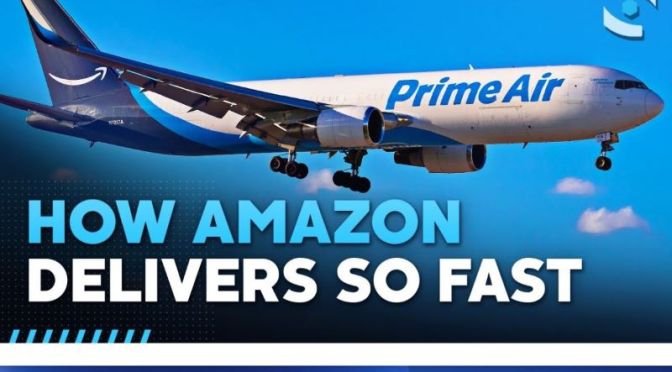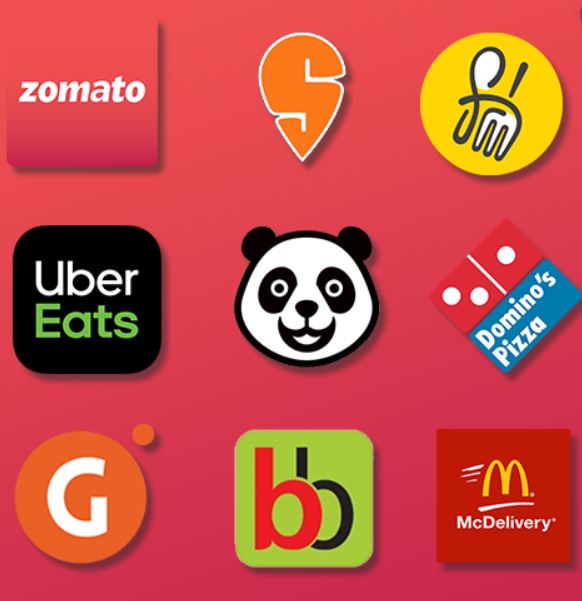Ghost kitchens are kitchens designed for delivery-only businesses, without dine-in areas or customer facing storefronts. The pandemic has ravaged dine-in eateries, and companies that have focused on delivery could come out on top if the current trends continue. Watch the full video to see why ghost kitchens are taking over the restaurant industry.
Here are some of the top Ghost Kitchens:
Kitchen United
With a $10 million dollar investment from Google Ventures, Kitchen United has been one of the leanest (and fastest-growing) startups in the space. Founder Jim Collins has turned down hundreds of millions of investment dollars to focus on growing more organically. Currently, Kitchen United plans on conquering the global restaurant space — with 5,000 kitchens planned in the next four years.
All in all, Kitchen United offers a turn-key, light-capital model, delivering a complete, code-safe kitchen replete with appliances and cooking implements. All that’s left to do is to…cook.
CloudKitchens
The fastest-growing and most investor-friendly ghost kitchen startup, CloudKitchens, has already taken in over $400 million from investors. $150 million interestingly invested by its founder (former Uber superstar) Travis Kalanick. Like Kitchen United, CloudKitchens offers fully-equipped kitchens (branded as “smart kitchens”) for the delivery-only model. Honestly, you can’t ignore a project that Travis is a part of.
DoorDash Kitchens
Another not-so-surprising entry into the ghost kitchen space is DoorDash, which has already premiered locations in San Francisco and Redwood City. Currently, DoorDash’s model is focused on catering to high-delivery areas for established brands like Chic-Fil-A, but we’re sure they have plans in the works for new locations, as well.
For the time being, DoorDash Kitchens is still in the experimentation phase, with only a few locations. And, like others on this list, it provides everything a restauranteur would need for a single monthly fee.
UberEats
For the moment, we’ll set aside the possible conflicts associated with Uber’s ex co-founder Travis Kalanick — who’s also operating CloudKitchens. We’re sure that bridge will need crossing at some point if Uber expands its operations. For the time being, the ridesharing company has been keeping a low profile in the ghost kitchen space. To date, it has been testing ghost kitchens in a few markets, though it remains curiously reluctant to share the delicious details pertaining to its Paris operations.
Virtual Kitchen Co.
Another new entry is Virtual Kitchen Co. — which already operates several successful ghost kitchens. They plan to open 15 more kitchens over the next few years, driven by $15 million dollar Series A. Again, Virtual Kitchen Co. offers a similar pricing structure: Restaurants can pay a monthly fee for everything.
The one small difference here is that Virtual Kitchen Co. seems to be targeting existing restaurants that want to enter the delivery space.






 No longer must restaurateurs rent space for a dining room. All they need is a kitchen — or even just part of one. Then they can hang a shingle inside a meal-delivery app and market their food to the app’s customers, without the hassle and expense of hiring waiters or paying for furniture and tablecloths. Diners who order from the apps may have no idea that the restaurant doesn’t physically exist.
No longer must restaurateurs rent space for a dining room. All they need is a kitchen — or even just part of one. Then they can hang a shingle inside a meal-delivery app and market their food to the app’s customers, without the hassle and expense of hiring waiters or paying for furniture and tablecloths. Diners who order from the apps may have no idea that the restaurant doesn’t physically exist.